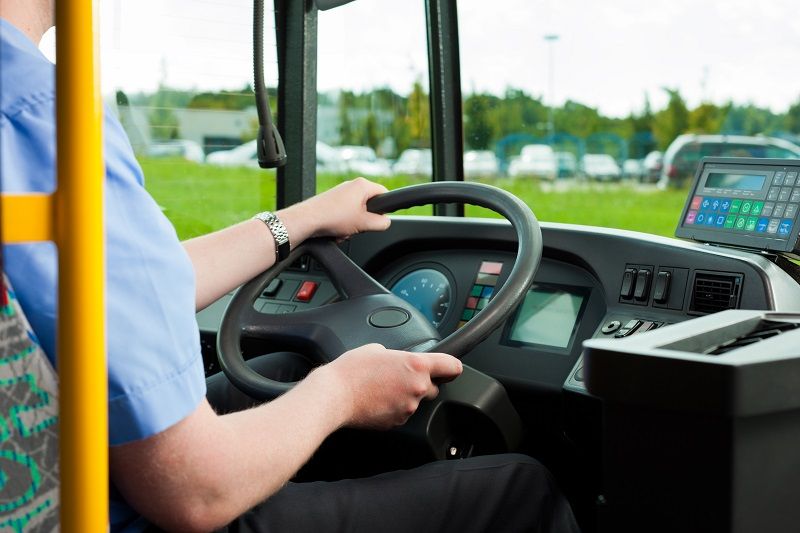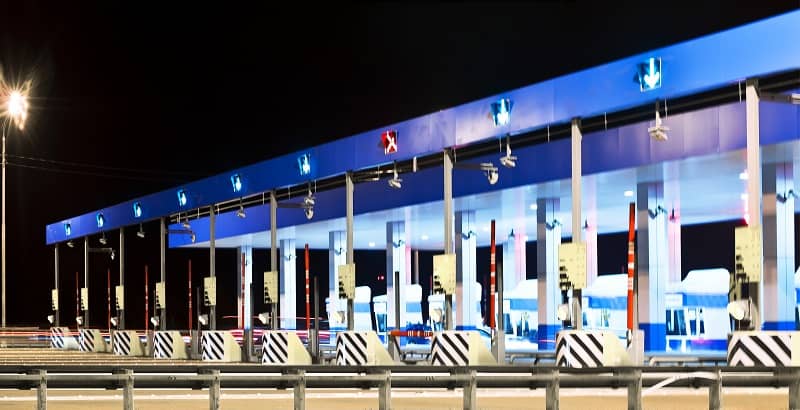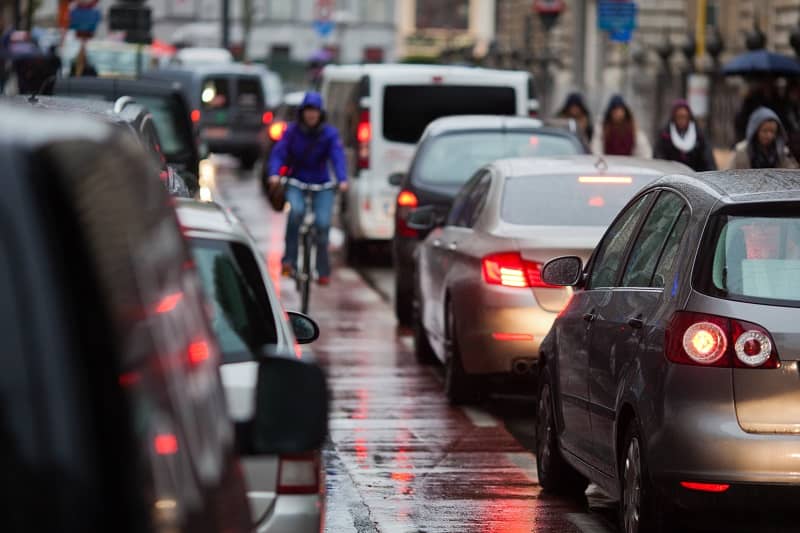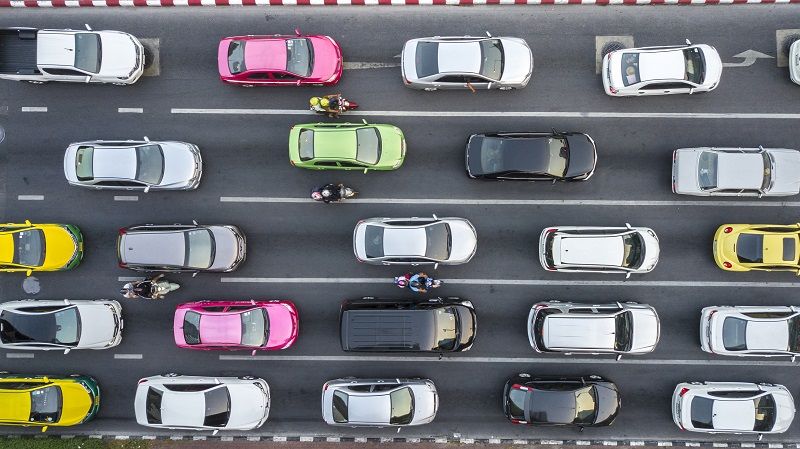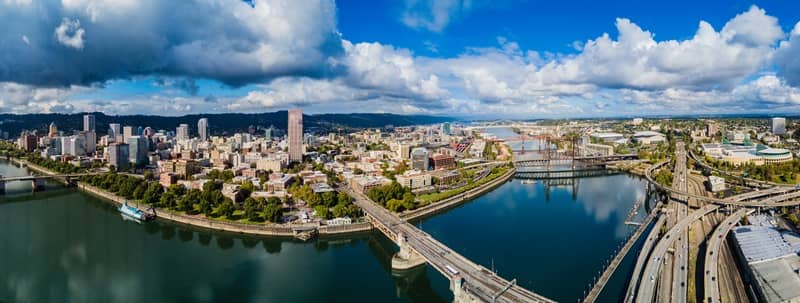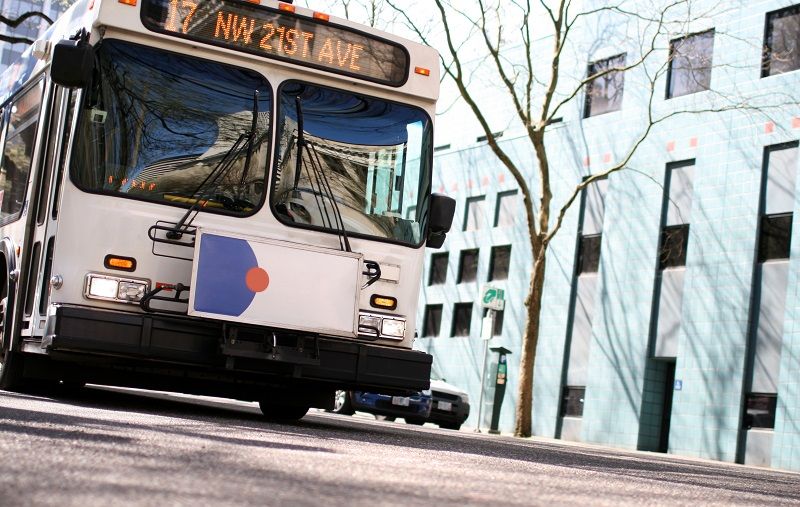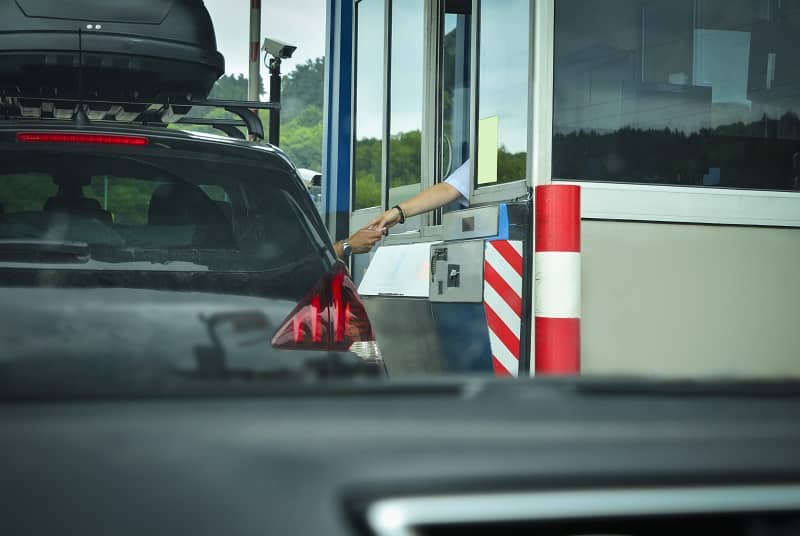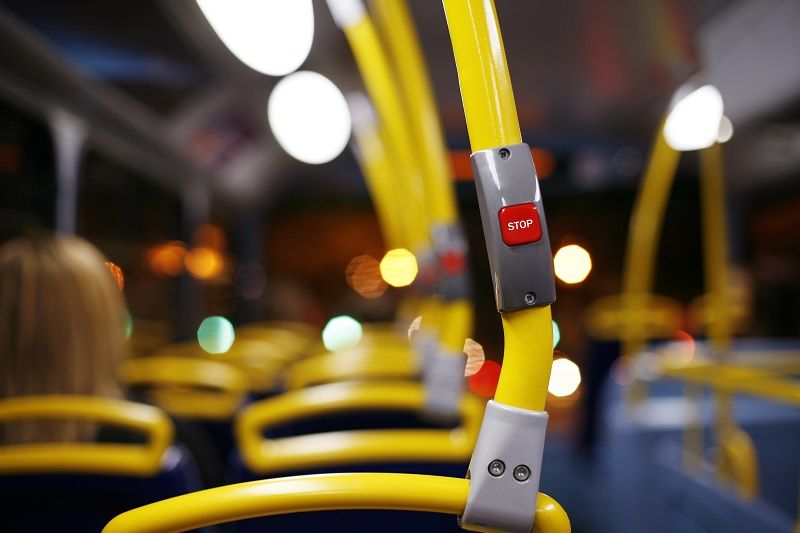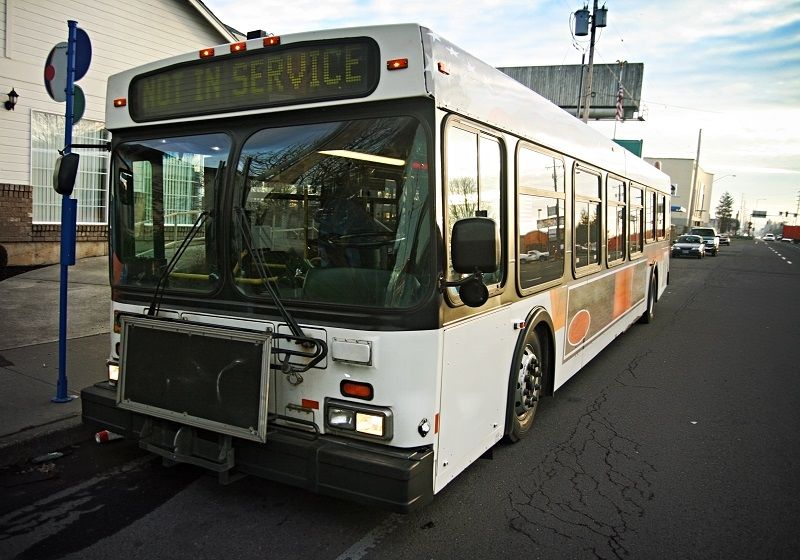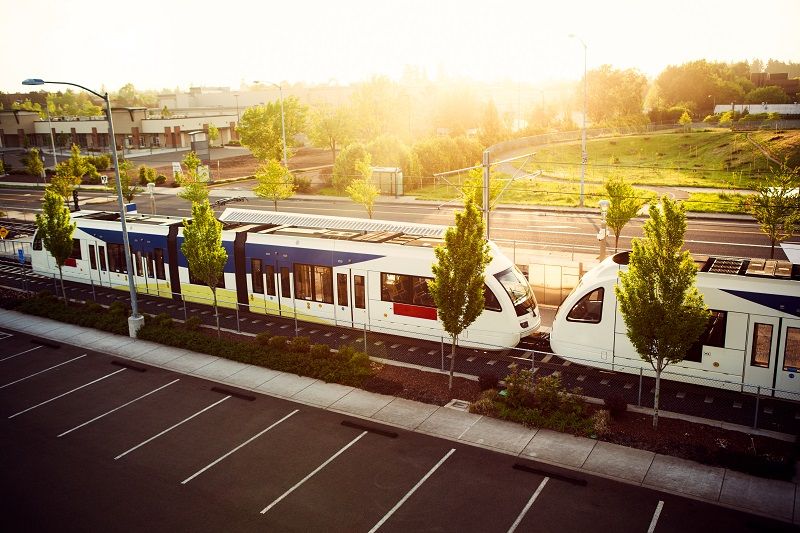The transit agency for Vancouver (C-TRAN) is reconsidering its support for the Columbia River Crossing Project, which includes light rail to Vancouver. In a staff report prepared for this week’s C-TRAN board meeting, the following claims are made:
- Light rail offers faster service (17 MPH) than bus rapid transit (14.5 MPH);
- The extended Yellow MAX line will arrive in Vancouver every 7.5 minutes; and
- Light rail will carry 6,100 people over the Columbia River during the peak period.
All of these answers are wrong.
C-TRAN express buses running from various points in Vancouver to Portland city center currently average 31-45 MPH (depending on the route) in the morning peak period. In the afternoon peak they average 20-30 MPH traveling northbound.
Current Yellow MAX line service is one train every 15 minutes, all day. There will be no peak-hour service to Vancouver at 7.5-minute intervals, because TriMet has reduced service by 14% in the past five years. The agency is broke.
Finally, the maximum one-way capacity of a two-car light rail train is approximately 274. Multiplying this times eight trains per hour in the peak direction is 2,192 riders, not 6,100.
The fact is, C-TRAN’s express bus service is far superior to the slow MAX, so why spend $930 million on a slow train to Vancouver? That’s the question that should be asked.
John A. Charles, Jr. is President and CEO of Cascade Policy Institute, Oregon’s free market public policy research organization.
